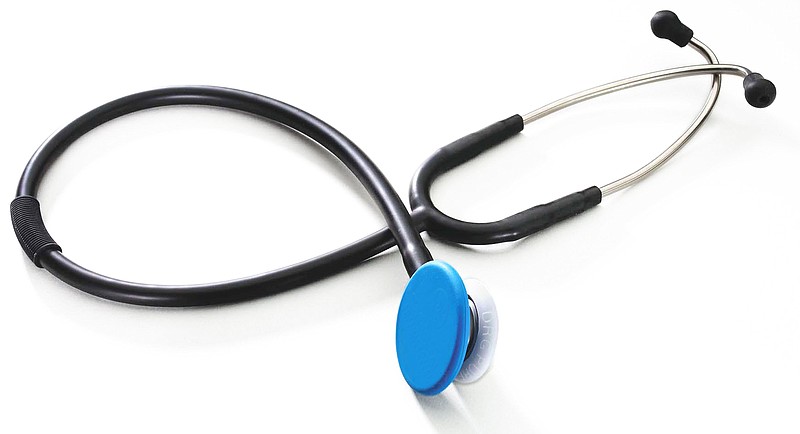Is there value in detecting disease that has no symptoms in adults?
For decades the periodic health examination has been a mainstay in adult medical care. It consists of an updated medical history, physical examination and baseline lab studies, which may include a complete blood count, urinalysis and selected chemistries based on a patient's age and risk factors for illness. Intervals for the examination may range from two or three years for healthy, young adults to annually for older or more illness-prone persons.
The value of this tradition is currently questioned from several quarters. A complex analysis in 2012 of multiple clinical studies concluded that periodic health exams did not reduce total mortality or mortality related to specific diseases such as cancer or heart disease. In 2013, the Choosing Wisely campaign, sponsored by two internal medicine organizations, recommended that physicians drop the annual exam of asymptomatic adults because of high cost and low return.
In contrast, the Affordable Care Act and Medicare consider the exam as preventive care that requires no co-payment. Many insurance plans cover them.
During my training in internal medicine and in subsequent years of practice, the periodic exam was a recommended component of outpatient care and an accepted part of care in military and public hospital clinics. The prevailing idea was that the exams detected a disease without symptoms before it could undermine health and while it was curable.
In my personal experiences with thousands of such exams, I found a number of life-threatening conditions: a curable lung cancer in a man who smoked, several prostate nodules that proved malignant and a thyroid nodule that was cancerous, to name a few. Less dramatic, but more common, were detections of excessive alcohol intake, smoking to excess that affected breathing, early hypertension and prediabetes and a variety of abnormalities found on blood and urine tests. All of these required follow-up.
Review of the family history may highlight an added risk for a patient. For example, in particular patients, detection of breast cancer in a young, female relative may point to closer surveillance of the patient. A history may open a conversation that uncovers depression, excessive stress or evidence of domestic violence. Body language observed during an exam might be a clue to unstated issues that would emerge with further discussion.
The physical exam may detect a skin cancer, a new heart murmur or a lump, each of which needs further evaluation. Something as simple as a few extra pounds may lead to dietary review and recommendation.
Because of hectic schedules, adults may overlook symptoms that can be uncovered during the relative quiet of the periodic exam. Attention given to a chronic disorder may obscure other symptoms that can be explored during the exam.
Such an exam also presents an opportunity to convey information on such topics as nutrition, exercise, recommended vaccinations and prevention of falls and other accidents. Most importantly, the exam builds and sustains a trustful relationship in which any concerns can be addressed. When an acute problem arises, patient and doctor are not strangers. Symptoms can be fitted into a prior knowledge of that patient.
But periodic exams can be carried to extremes. Some prestigious medical centers offer "executive" exams in which extensive testing of all organ systems is carried out, often on an annual basis. Diagnostic testing is limitless, as are the associated expenses.
Instead of blanket condemnation of regular exams, professional organizations should offer age-based standards for their performance.
Criticism of the exam runs counter to the movement to create a "medical home" in which a clinic or practice provides primary care and coordinates all other health services that a patient may require. Current information regarding a person's health is vital in this context.
Our automobiles have periodic inspections and maintenance. I believe that people deserve similar attention.
Contact Clif Cleaveland at ccleaveland@timesfreepress.com.

